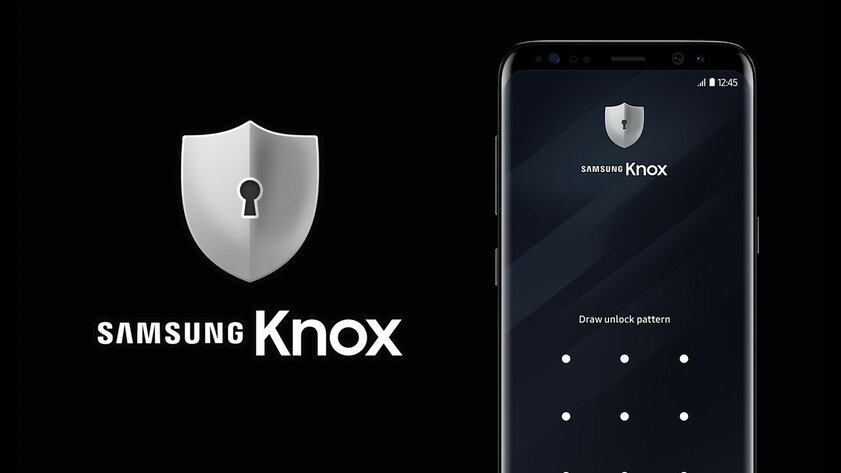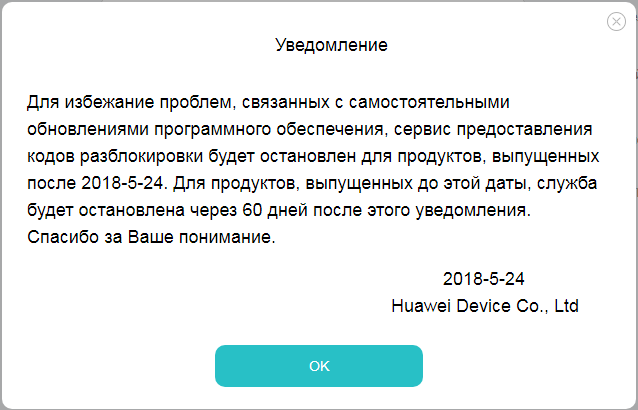10 years ago there were no such problems as “closed bootloader” or “lack of custom”. Due to the rather simple structure of the firmware of those years, they could easily be ported from smartphone to smartphone, and anyone could do it – it was enough to follow the instructions and replace the files correctly. The main thing is that the chipsets of both smartphones are from the same manufacturer. Now, with the ubiquitous policy of a closed bootloader and additional protections, flashing has become much more difficult. What is there, even Project Treble, designed to facilitate the development of updates and the installation of third-party firmware, only complicated everything.
If earlier it was enough to replace files to make the firmware work and fix bugs in it, now, due to the complex structure and specialized containers, the task has become much more complicated. Launching third-party firmware has become easier, but fixing bugs on your own is now almost impossible if the necessary skills are missing. At the same time, Xiaomi was conquering the market and only increasing production, eventually becoming the king of third-party software. There are four reasons why she did it.
Xiaomi is now selling millions of smartphones, which means they have a huge user base.
It’s no secret that over the past ten years, Xiaomi has only become more popular. Availability, a huge selection of models for every taste and many other aspects have allowed the company to gain the trust of users. And, as you know, where there are many users, there are not much fewer enthusiasts. It is much more pleasant to create something on your own, knowing that the resulting result will receive an instant and powerful response. That is why most models almost always have third-party firmware. Even on the Mi 10 Lite that I had until recently, they were being developed, although this model was only sold in Europe. In the Samsung community, for example, there are much fewer enthusiasts, not least due to the fact that the majority of smartphone users of this company are quite satisfied with the official software and sometimes do not even suspect the existence of pure Android.
Xiaomi is easy to return to the original firmware and sell, which cannot be said about others

This is almost the only company that has managed to combine security and openness without compromising the first or second. If the smartphone is stolen, the scammer will not be able to use it, because after a complete reset and even flashing during the first setup, the “Mi Account” of the original owner will be required (if he did not untie it himself). To unlock the bootloader, you will also need it. Reset it if possible, then only on very old models, and then in very rare cases. I often see messages on the forums asking for help to reset this account – even if people write that they just forgot the password, but most likely these are all the same scammers. Nobody helps them, because there is simply no general way to reset “Mi Account”.
At the same time, the owner of the smartphone can safely unlock the bootloader and do anything with the smartphone – of course, obviously, to the detriment of security (although now even a password is required to enter TWRP). Then he can install native firmware, lock the bootloader and sell the smartphone in its original form and without sacrificing security or functionality, which cannot be said about, for example, Samsung devices. The Knox feature in her smartphones is both useful and at the same time limiting the ability to install third-party software. Yes, you can unlock the bootloader on Samsung models, but after any system modification, the hard-wired Knox value changes, after which a certain number of built-in programs and functions stop working. Selling such a smartphone will be more difficult.
Although, you can thank Samsung for even such an opportunity. Huawei and Honor don’t even have that

Alas, every year Huawei and Honor tighten the screws on enthusiasts more and more and try to be like Apple in this regard. Ten years ago, Huawei smartphones flashed just as easily as Xiaomi now, but those days are far behind. Now you can’t even install Magisk on them and get root access, not to mention flashing. First, to unlock the bootloader, it was necessary to send a request to the company using e-mail, after which it sent a special code that opened access to unlocking. This already caused difficulties for flashing, but then the codes began to be sent less and less until they stopped coming at all.
Now there are various unofficial ways to get codes and unlock the bootloader, but they are all rather dubious and dangerous. A very strange policy that deprives Huawei and Honor of a huge number of users, and Xiaomi – another competitor in the field of third-party software.
Xiaomi still has the best combination of price and features
Even if MIUI doesn’t suit you, it’s hard to argue with the fact that Xiaomi smartphones are still the most profitable in terms of cost and hardware. And it will be much cheaper to buy it and reflash it than to use Nokia with an incredibly high price tag or buy OnePlus, which will soon switch to ColorOS and lose its, it seems to me, the only feature – AOSP-like native firmware. Although the smartphones of this company are also easy to reflash, they are often more expensive than similar Xiaomi models. Right now I’m using OnePlus Nord CE, which, in my opinion, has the best native firmware among all mid-budget devices. But it does not have, for example, 120 Hz or a second speaker that forms a stereo pair. It was very disappointing to learn that the next big update will be ColorOS, because I bought this smartphone precisely because of Oxygen, which I now use with pleasure. Now, my next device will probably be Xiaomi again.
Source: Trash Box
Donald-43Westbrook, a distinguished contributor at worldstockmarket, is celebrated for his exceptional prowess in article writing. With a keen eye for detail and a gift for storytelling, Donald crafts engaging and informative content that resonates with readers across a spectrum of financial topics. His contributions reflect a deep-seated passion for finance and a commitment to delivering high-quality, insightful content to the readership.







